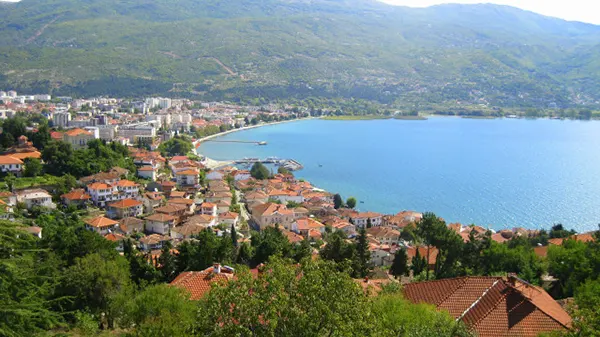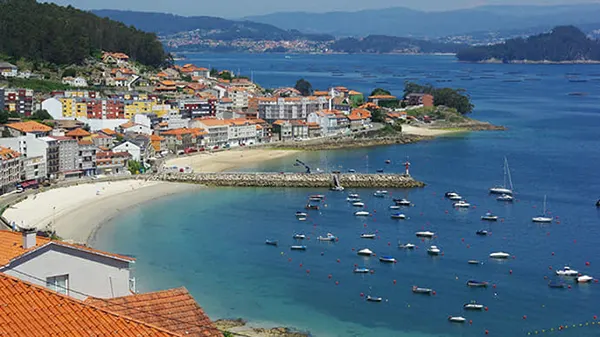
Galicia, Spain: Atlantic Beaches, Pilgrimage Routes, and Seafood Without the Crowds
Galicia is one of Spain’s most underrated regions, often overlooked in favour of more famous destinations like Andalusia or Catalonia. Yet this northwestern corner of the Iberian Peninsula offers something that’s becoming increasingly rare in Europe: authentic coastal towns, untouched beaches, sacred paths, and a rich seafood tradition – all without the usual flood of tourists. For travellers seeking something real, Galicia in 2025 offers a refreshing escape into culture, landscape and history.
Unspoiled Atlantic Beaches of Galicia
The Galician coastline stretches over 1,500 km and is home to some of the wildest and most pristine beaches in Spain. Unlike the densely packed shores of the Mediterranean, Galicia’s Atlantic beaches are wide, sandy, and open – often framed by rugged cliffs and pine forests. Praia das Catedrais (Cathedrals Beach), near Ribadeo, is among the most iconic, with its massive rock arches visible at low tide. However, even lesser-known spots like Playa de Carnota or Playa de Barra remain relatively untouched by international tourism.
In summer 2025, local councils have continued to enforce environmental protection policies, which help preserve the natural integrity of these beaches. Visitor numbers are regulated during peak hours, and eco-tourism initiatives have gained traction among local operators. This not only safeguards the environment but also enhances the experience for visitors seeking tranquillity and nature.
Accessibility to these beaches has also improved without sacrificing their wild appeal. Public transport from major towns such as A Coruña, Santiago de Compostela, and Vigo now connects directly to many remote beach areas. Walking trails and cycle paths offer eco-friendly access along the coast for those interested in slow travel.
Best Times and Tips for a Peaceful Beach Visit
Late spring and early autumn are ideal times to visit Galicia’s coast. Temperatures hover around 20–25°C, and while the Atlantic waters are cooler than the Mediterranean, they are clean and invigorating. Morning visits tend to be the quietest, particularly on weekdays.
Travellers are advised to check tide times, especially if visiting Praia das Catedrais, where rock formations are only accessible during low tide. Booking a slot online remains mandatory due to conservation rules. For truly secluded experiences, head to Costa da Morte – the ‘Coast of Death’ – where remote beaches like Nemiña and Laxe see few outsiders.
Most beaches have minimal infrastructure, so packing your own supplies – water, food, sun protection – is essential. Wild camping is prohibited, but small local guesthouses (casas rurales) offer budget-friendly overnight stays with regional character.
Pilgrimage Trails Beyond the Camino de Santiago
While the Camino de Santiago remains Galicia’s most famous pilgrimage, the region offers numerous lesser-known trails that carry the same spiritual and cultural weight. Routes like the Camino Inglés, Camino Primitivo, and Camino del Norte are increasingly popular among those seeking quieter paths through ancient landscapes.
In 2025, local tourism boards have invested in infrastructure to support these alternate routes. Upgraded waymarking, expanded albergues (pilgrim hostels), and digital route guides make it easier than ever to plan a customised journey. Walking these paths offers both physical challenge and meditative calm – an antidote to modern digital overload.
Each route provides unique cultural insights. The Camino Inglés, starting from Ferrol or A Coruña, follows the path taken by British and Irish pilgrims arriving by sea. The Camino Primitivo, considered the oldest route, cuts through the mountainous heart of Galicia and showcases traditional stone villages largely untouched by time.
Modern Pilgrimage Culture in Galicia
Today’s pilgrims walk for many reasons beyond religion. Some come for fitness, others for introspection, and many for connection – with themselves, others, or the land. Galicia honours this diversity with inclusive pilgrim services and multilingual visitor centres offering practical and historical support.
The credential (pilgrim’s passport) system remains in place, allowing travellers to collect stamps along the route and receive the official Compostela certificate upon arrival in Santiago de Compostela. Digital versions now complement the traditional paper booklets for convenience.
Pilgrimage culture has also extended into wellness tourism. Retreats, yoga spaces, and rural lodgings offer spiritual respites along the way. A new wave of eco-hostels and women-led refuges brings a modern, progressive touch to the ancient tradition.
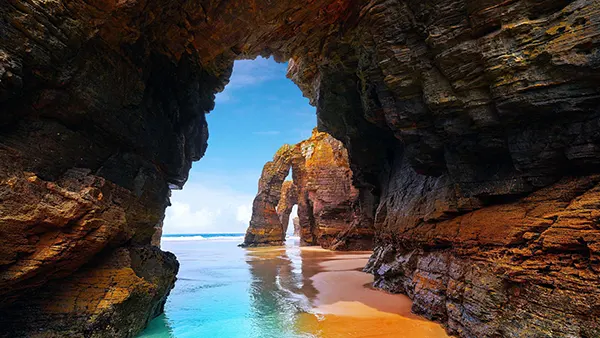
Seafood Heritage Without the Crowds
Galicia is arguably Spain’s most celebrated seafood region, known for its octopus (pulpo), goose barnacles (percebes), mussels, and hake. What sets it apart in 2025 is the continued reliance on artisanal fishing and local seafood markets, avoiding the overcommercialised feel of major resort towns.
Many Galician fishermen still operate under family-run cooperatives, ensuring sustainable practices. Coastal towns like O Grove, A Guarda, and Muros are centres of this culinary heritage. In these towns, travellers can watch the morning catch arrive, buy directly from the market, or dine in tabernas serving recipes passed down through generations.
Seasonal food festivals also remain vital cultural events. The Festa do Marisco (Seafood Festival) in O Grove, held every October, is an authentic celebration of regional cuisine. While it attracts national visitors, it has maintained its local character thanks to strict regulations and active community involvement.
How to Enjoy Galicia’s Seafood Like a Local
To eat like a Galician in 2025, start with simplicity. Grilled razor clams, steamed mussels with lemon, and octopus a la feira are staples found across coastal eateries. The focus is always on freshness and quality, not embellishment.
Local wines, particularly Albariño from the Rías Baixas region, pair perfectly with the seafood. Wineries offer tastings and tours for visitors, often run by small families proud of their generational traditions. These experiences provide an authentic insight into Galicia’s coastal lifestyle.
For the full experience, seek out local taverns away from tourist hubs. Ask for the ‘menú del día’ or daily special, and don’t hesitate to speak a few words of Galician – it’s a gesture of respect that locals appreciate. In most places, English is spoken to some extent, especially in towns involved in pilgrimage routes.
Popular articles
-
Burj Khalifa (Dubai): the world’...
The Burj Khalifa is more than …
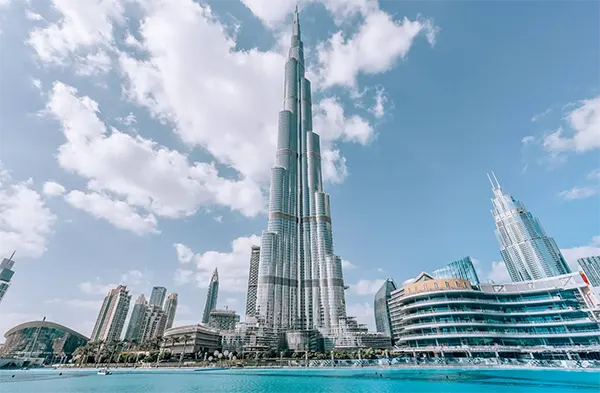
-
Outer Islands Seychelles: The Un...
The northern segment of the Outer …
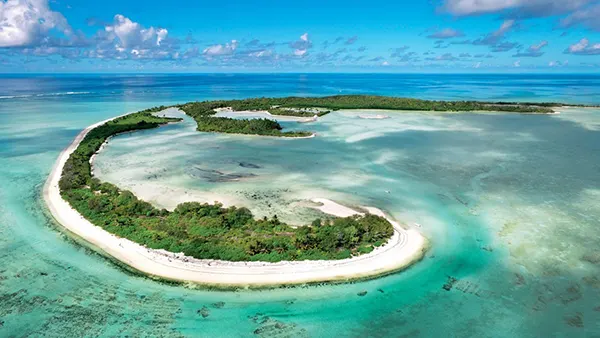
-
Ohrid, North Macedonia — A Timel...
Ohrid is one of the oldest …
